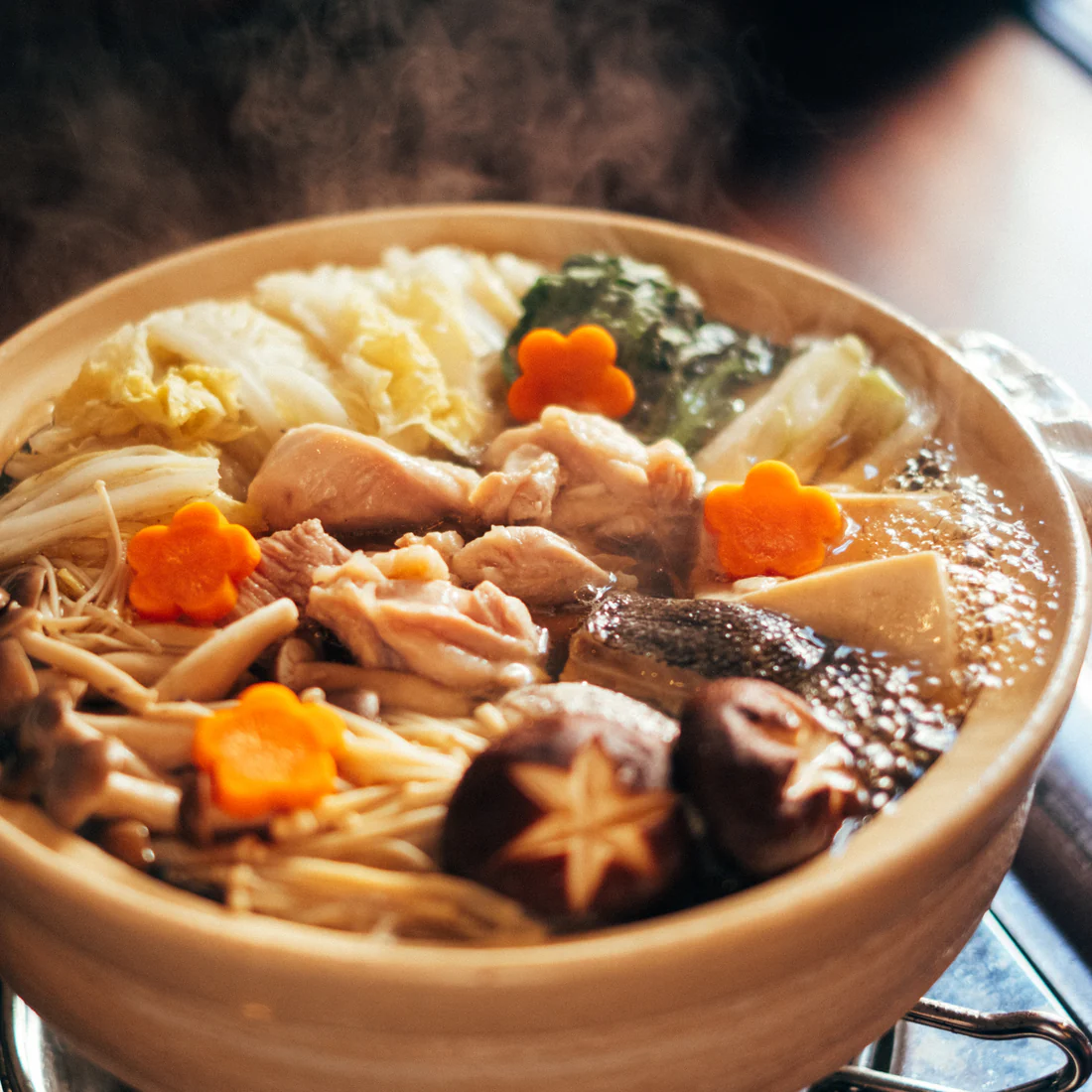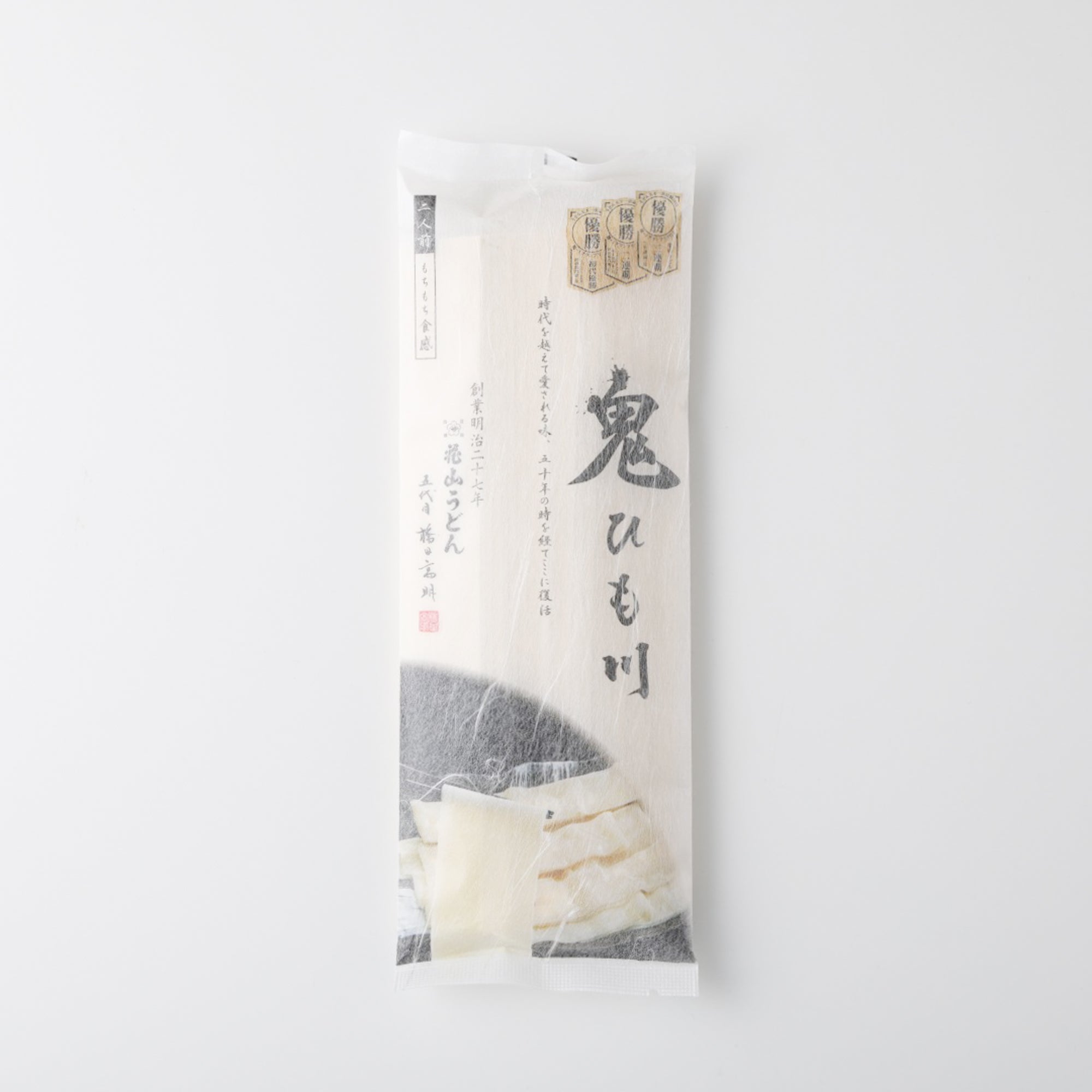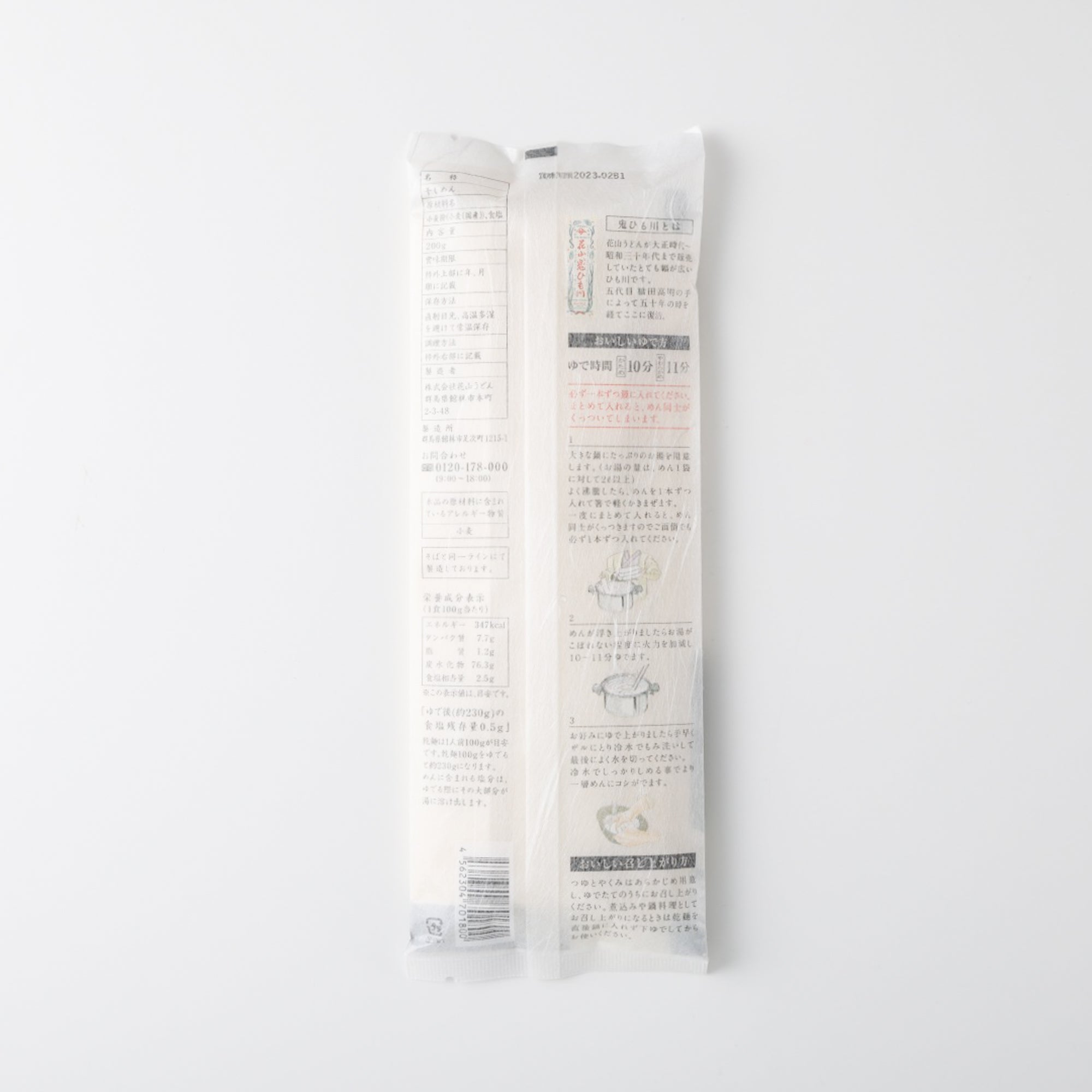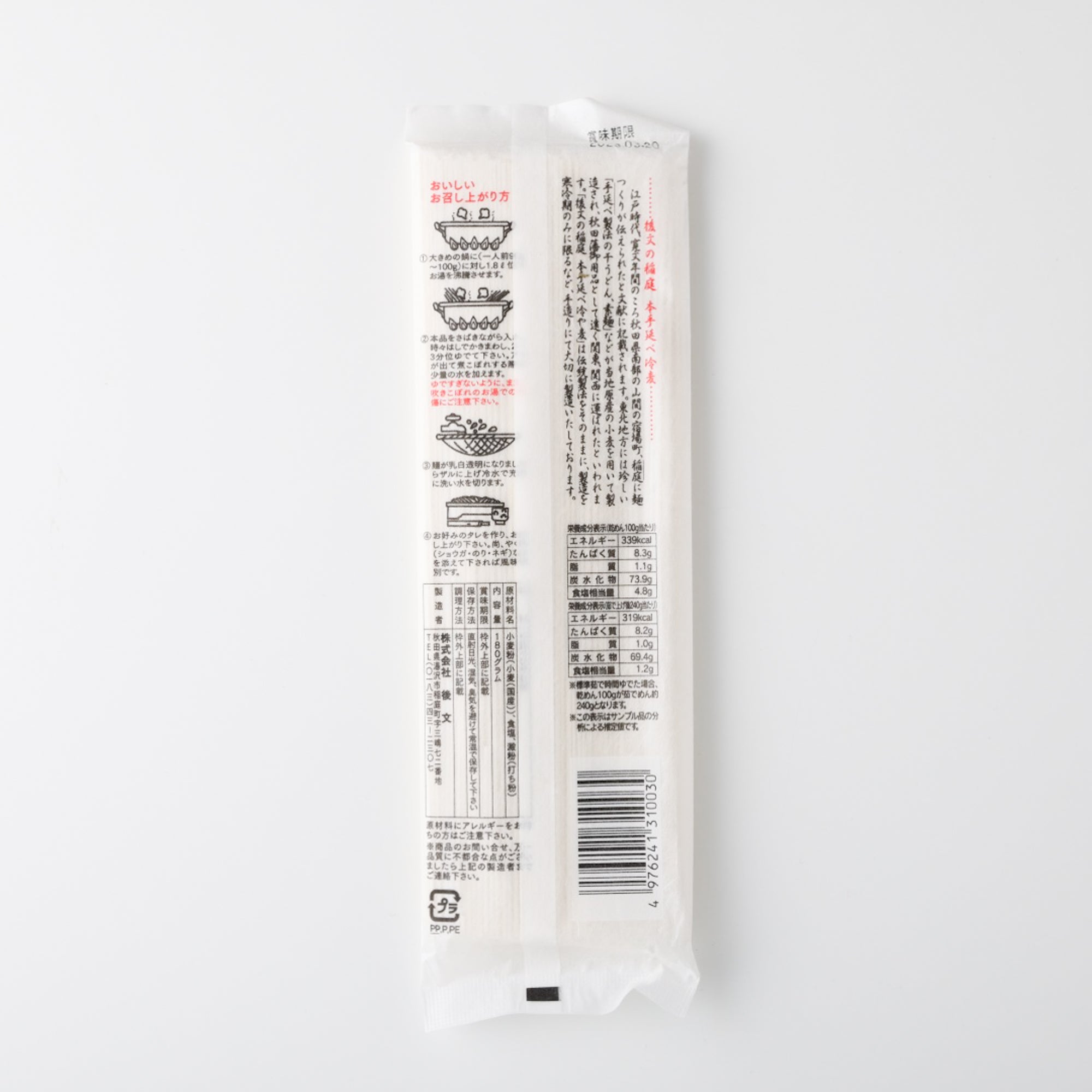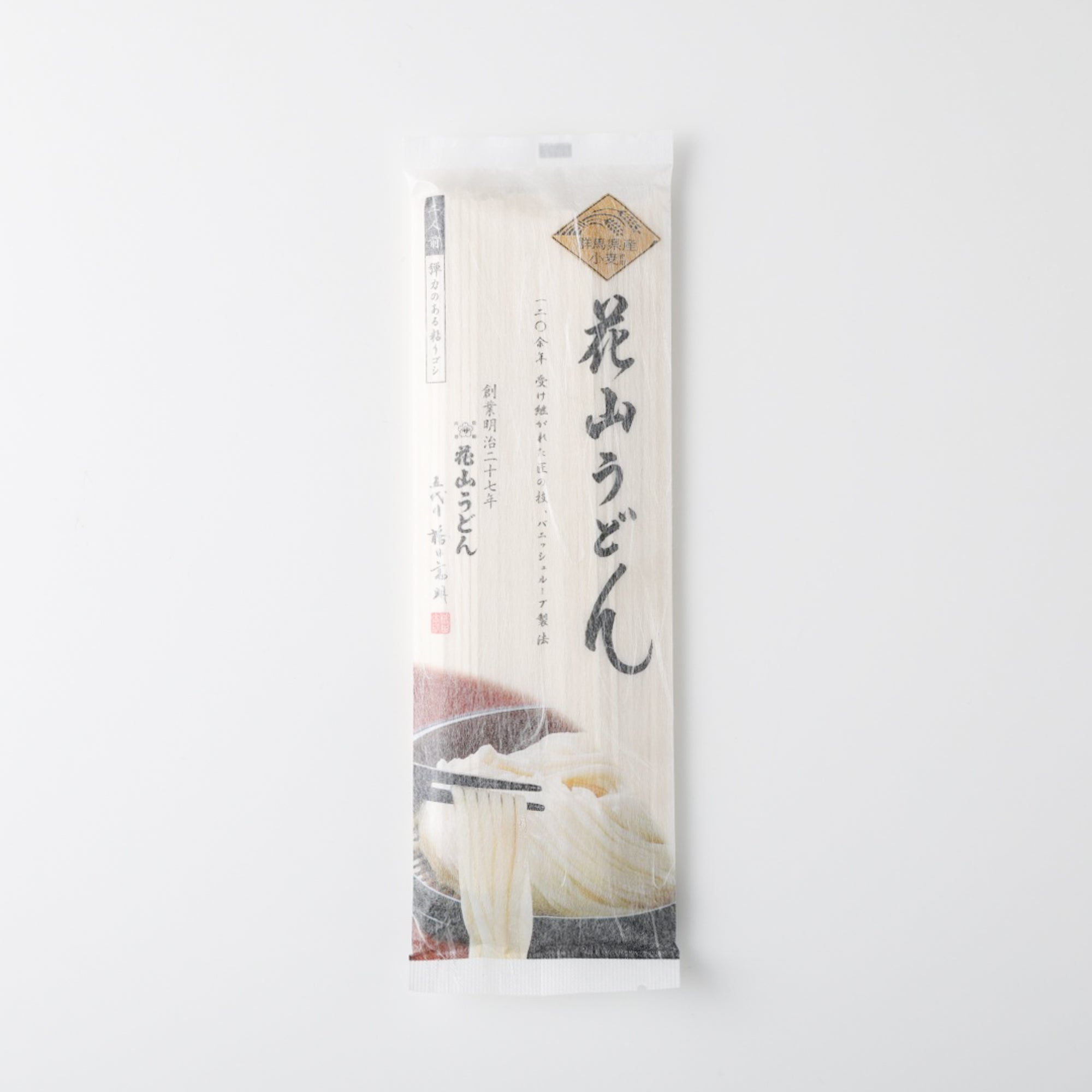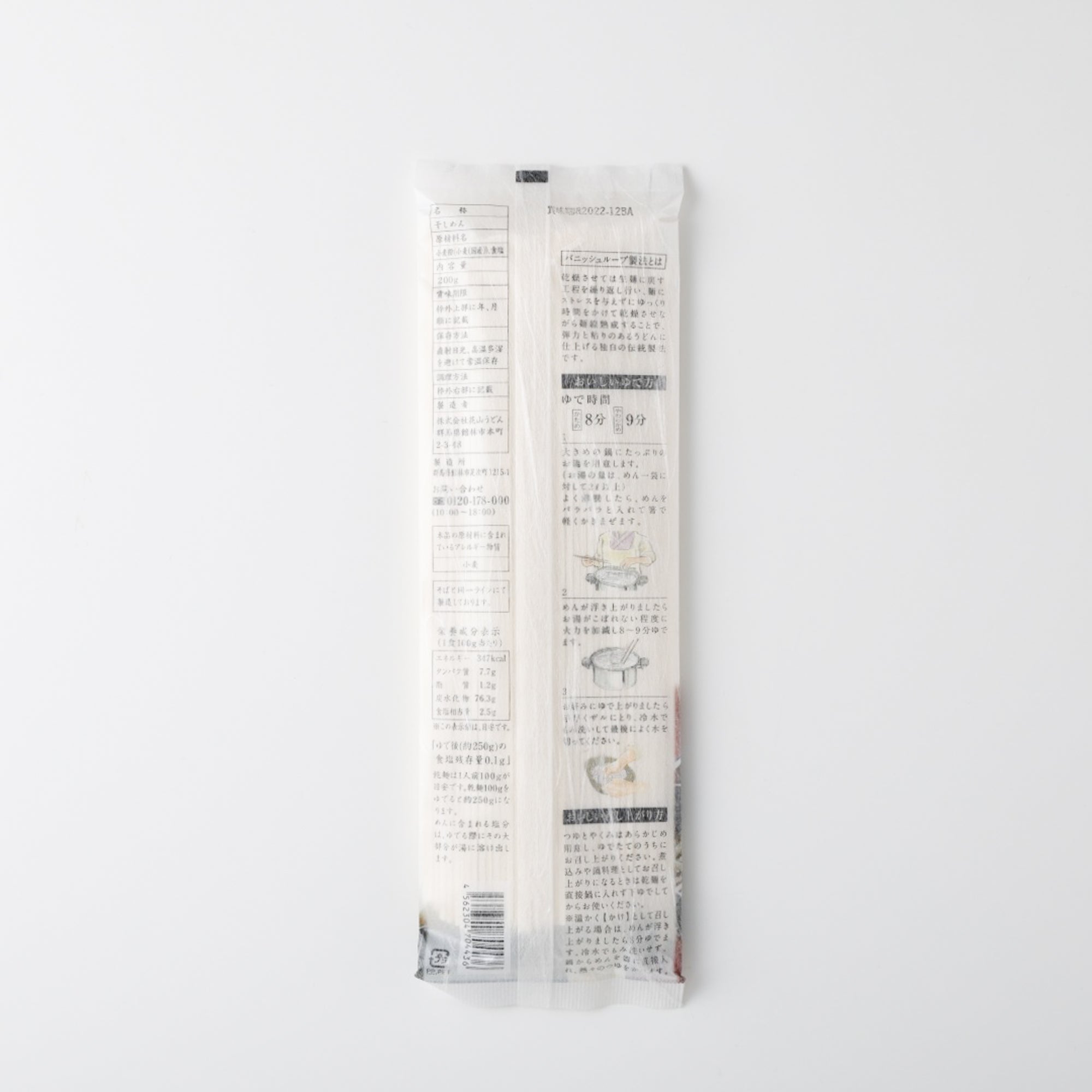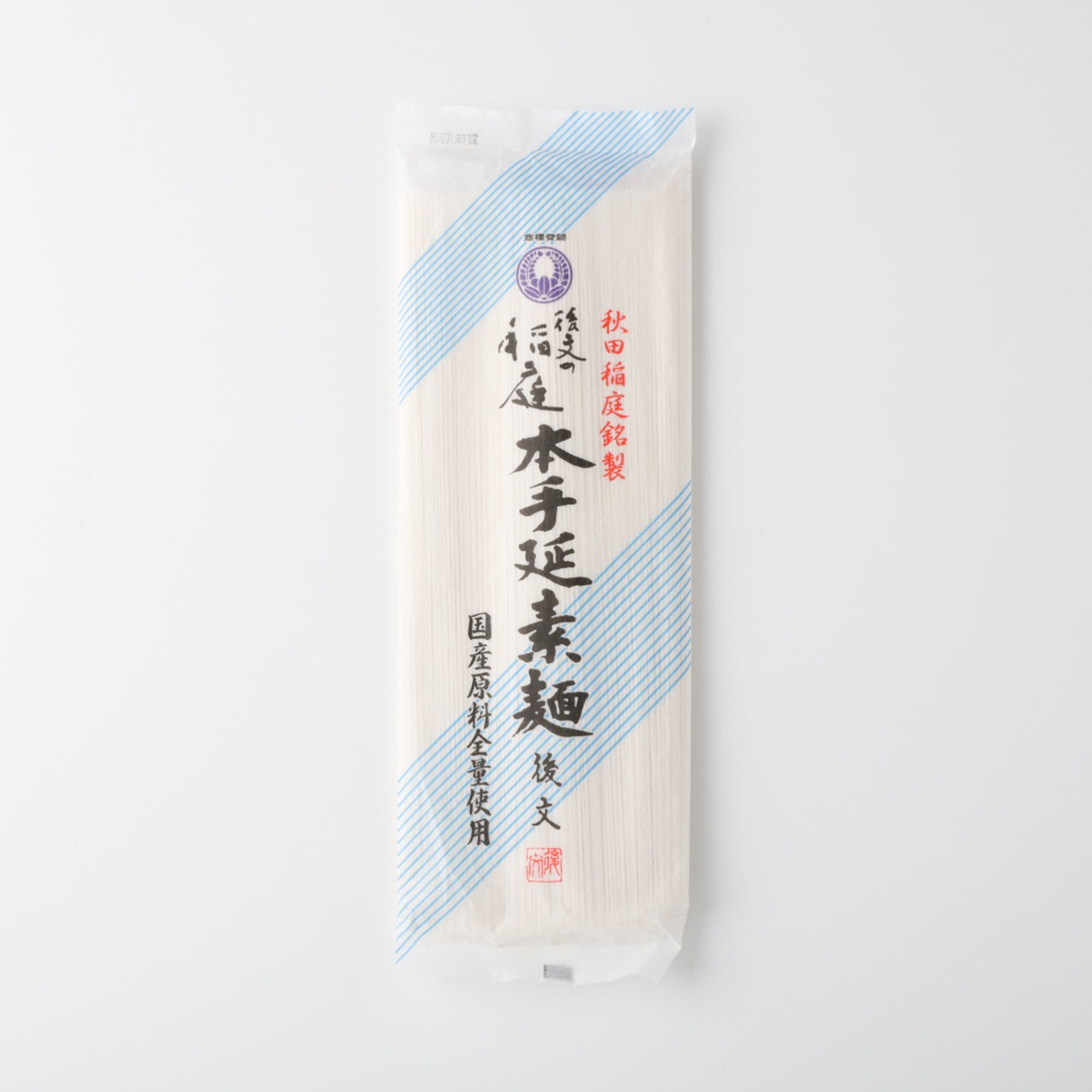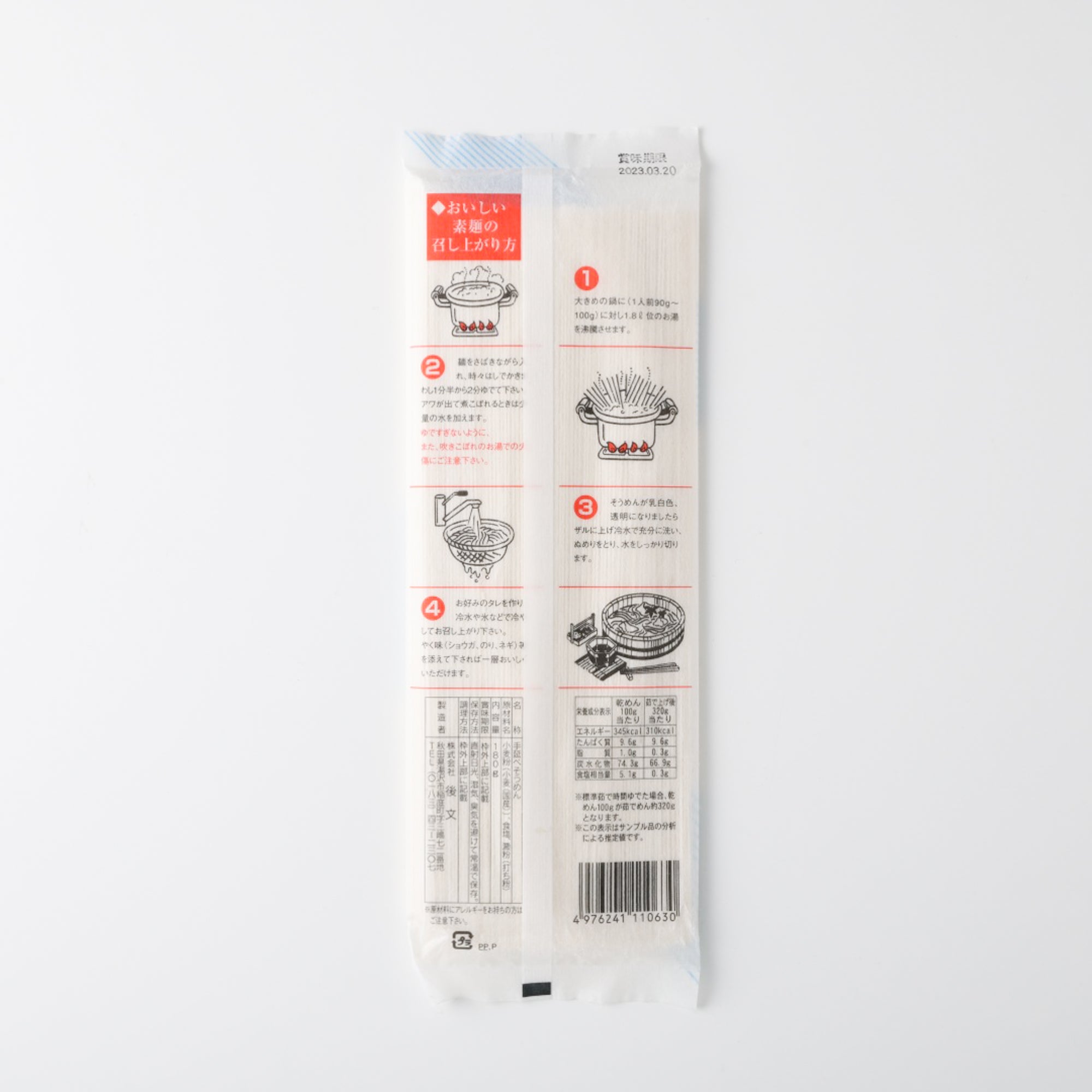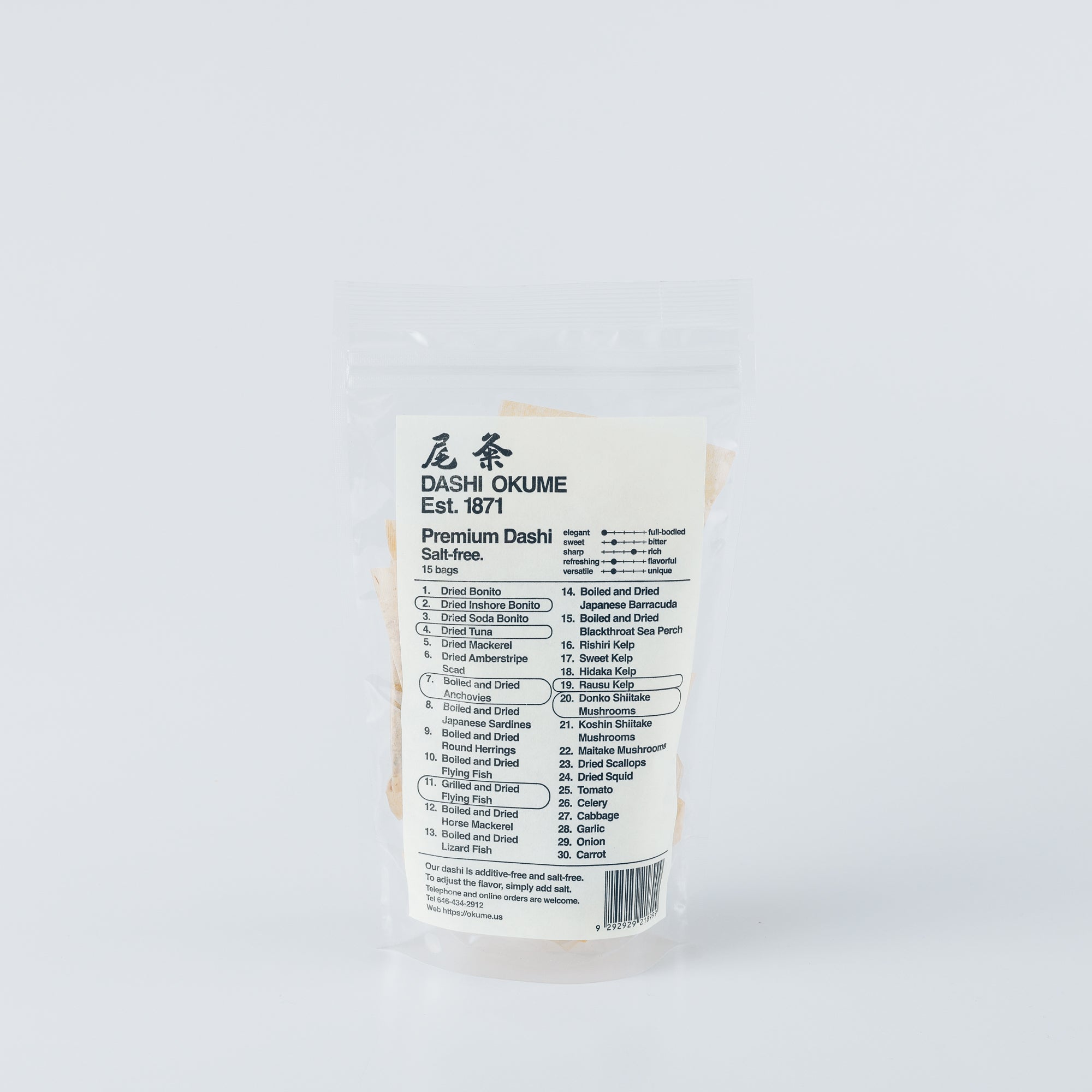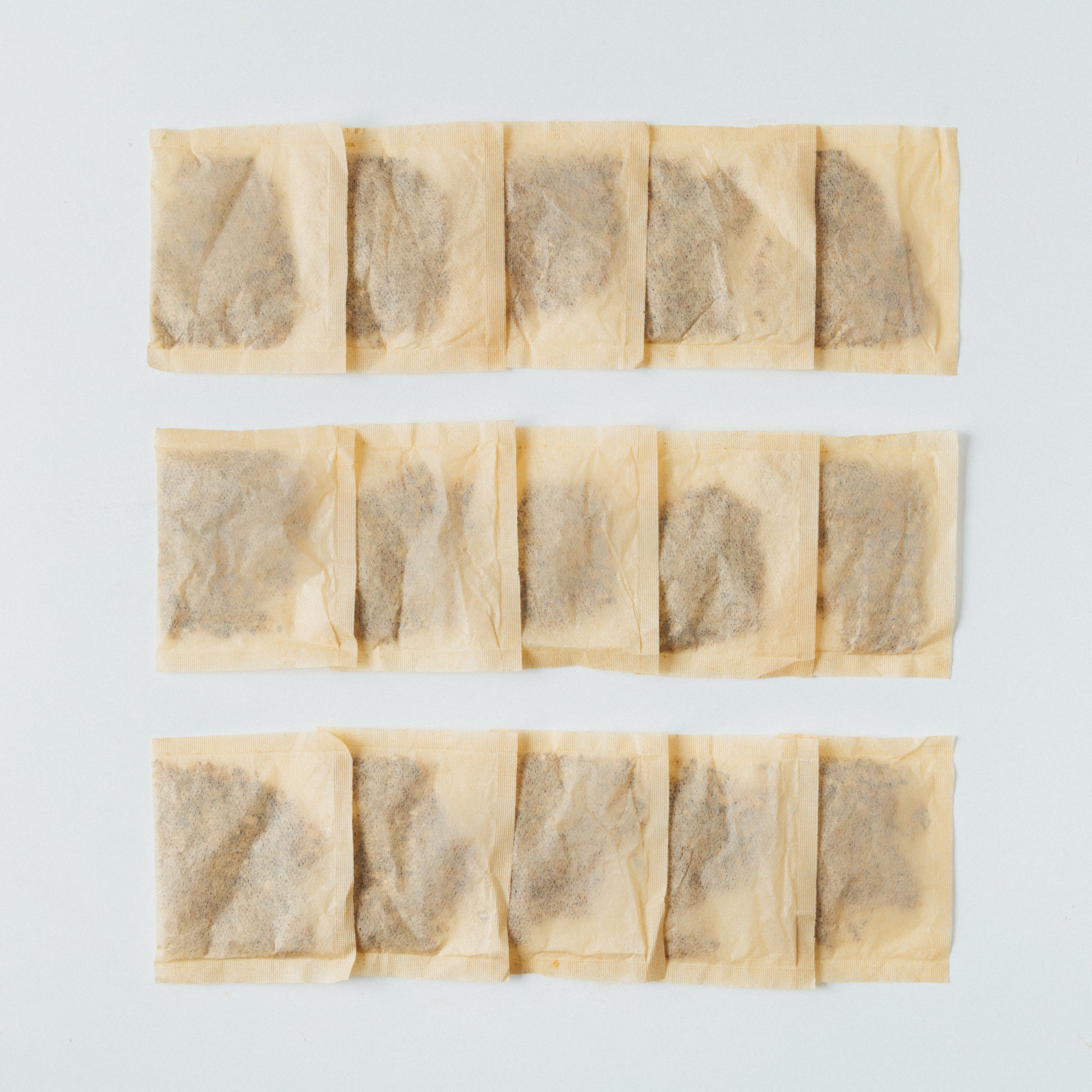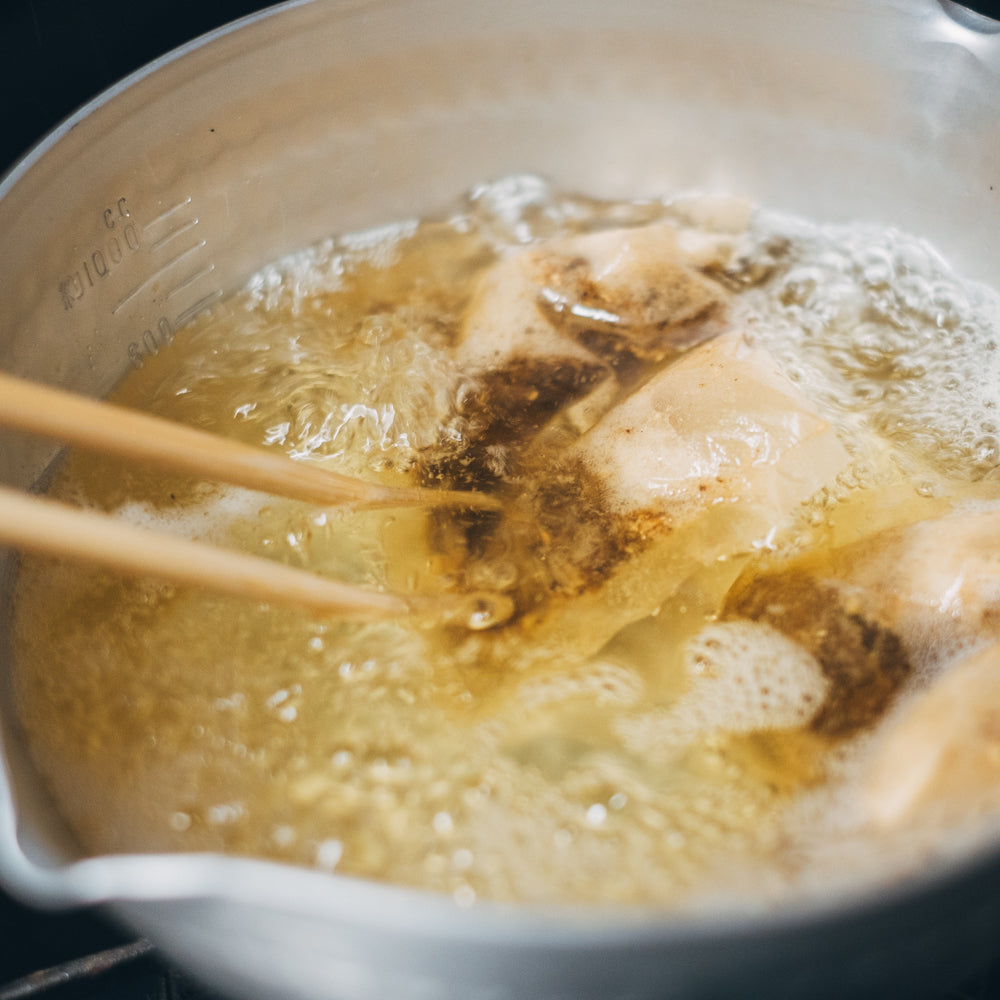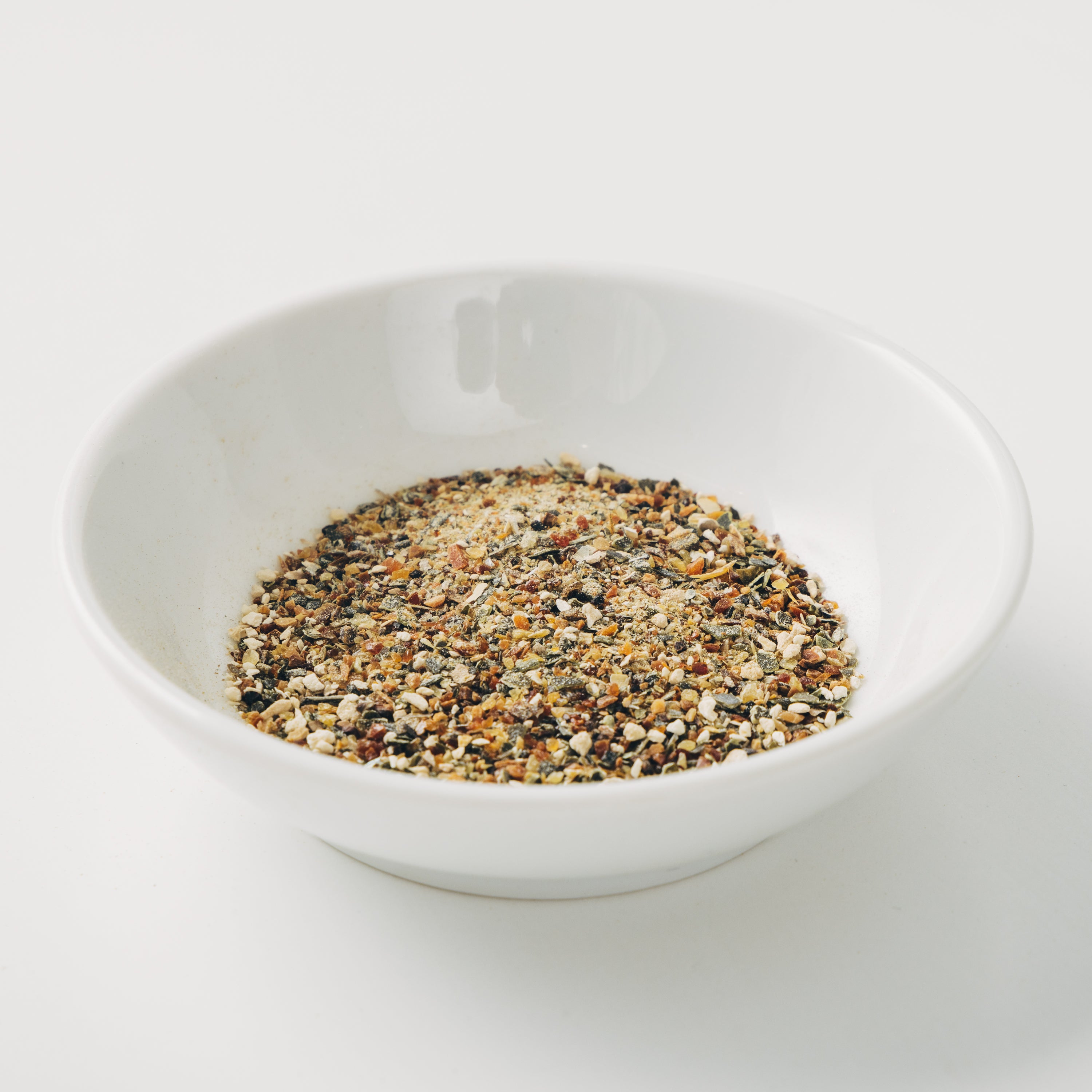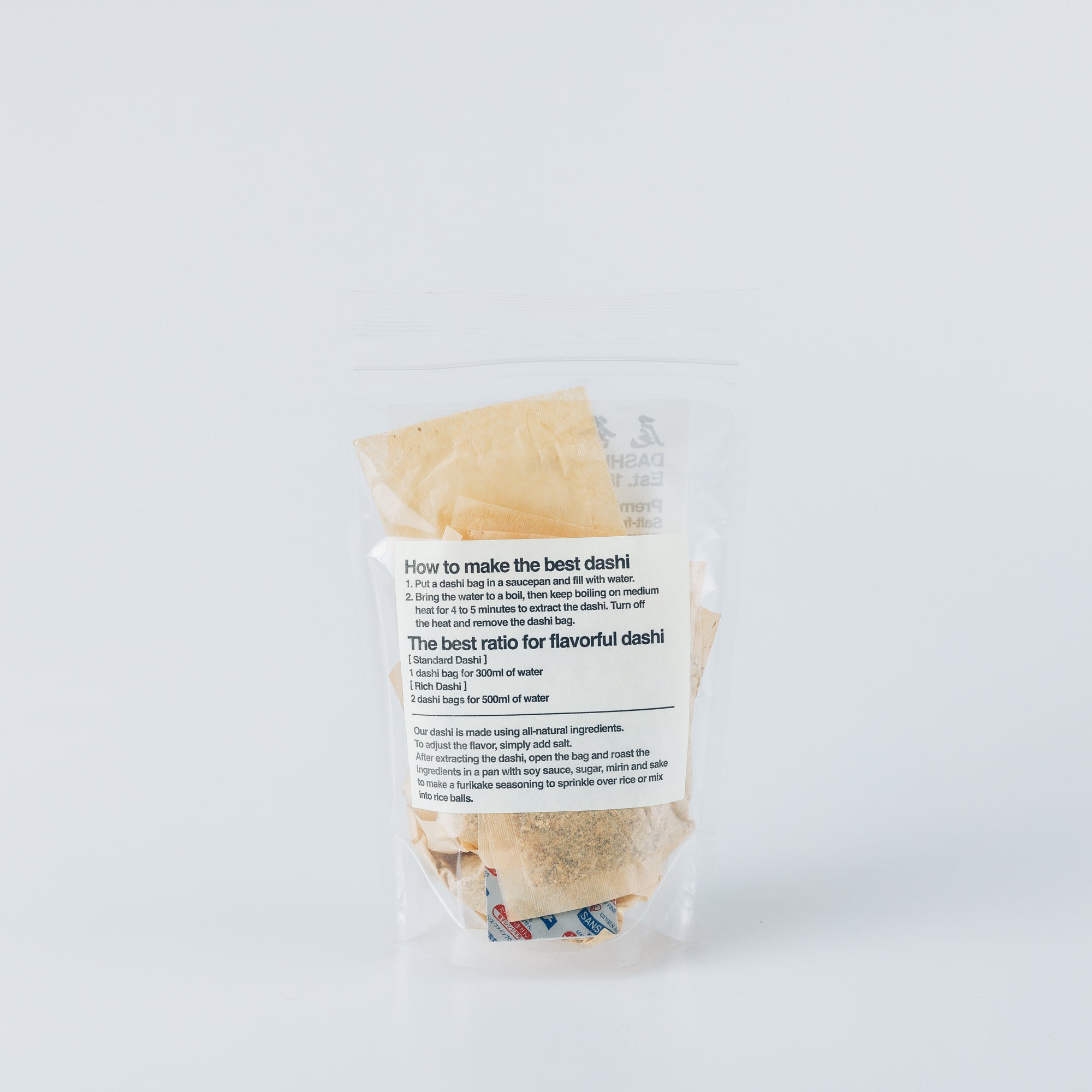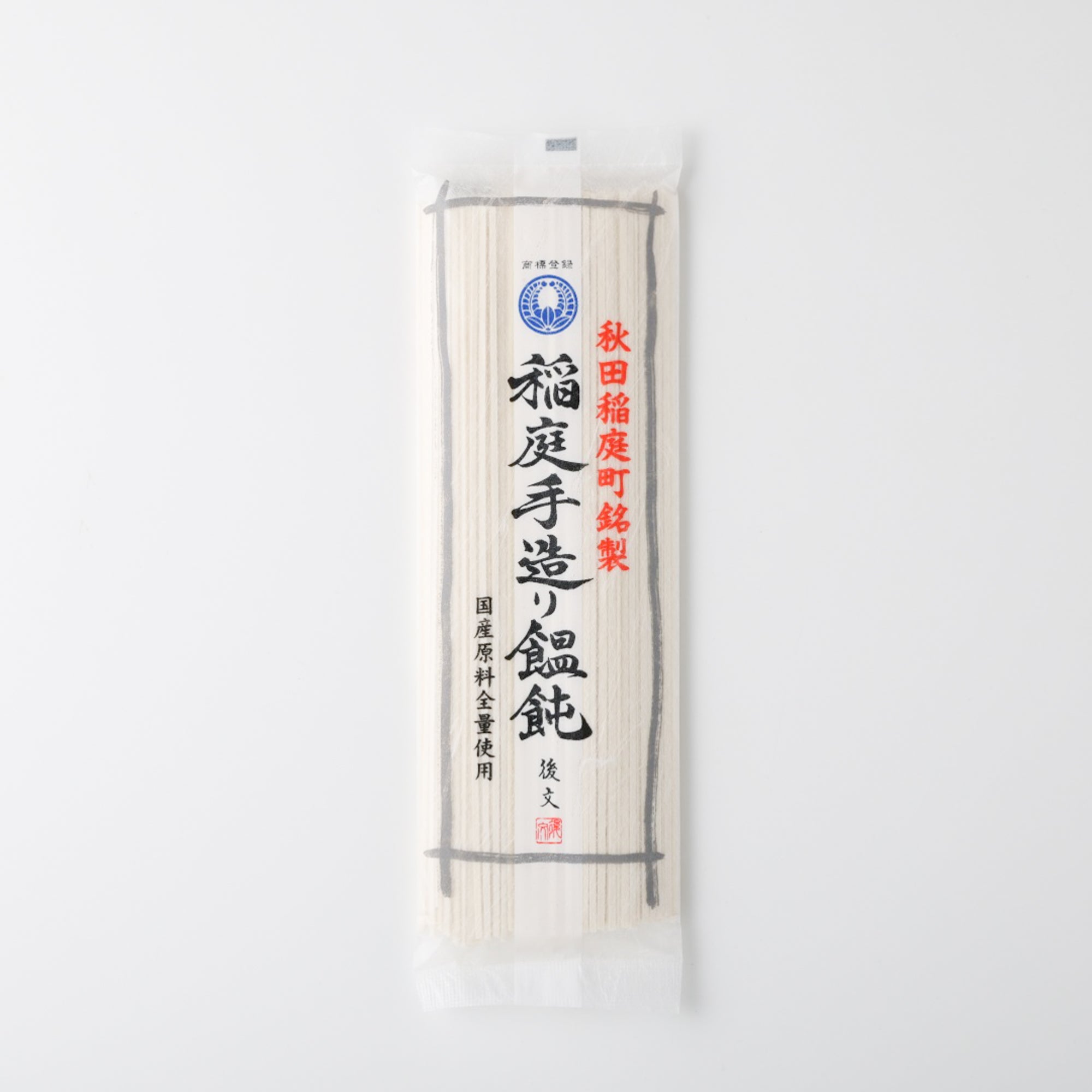
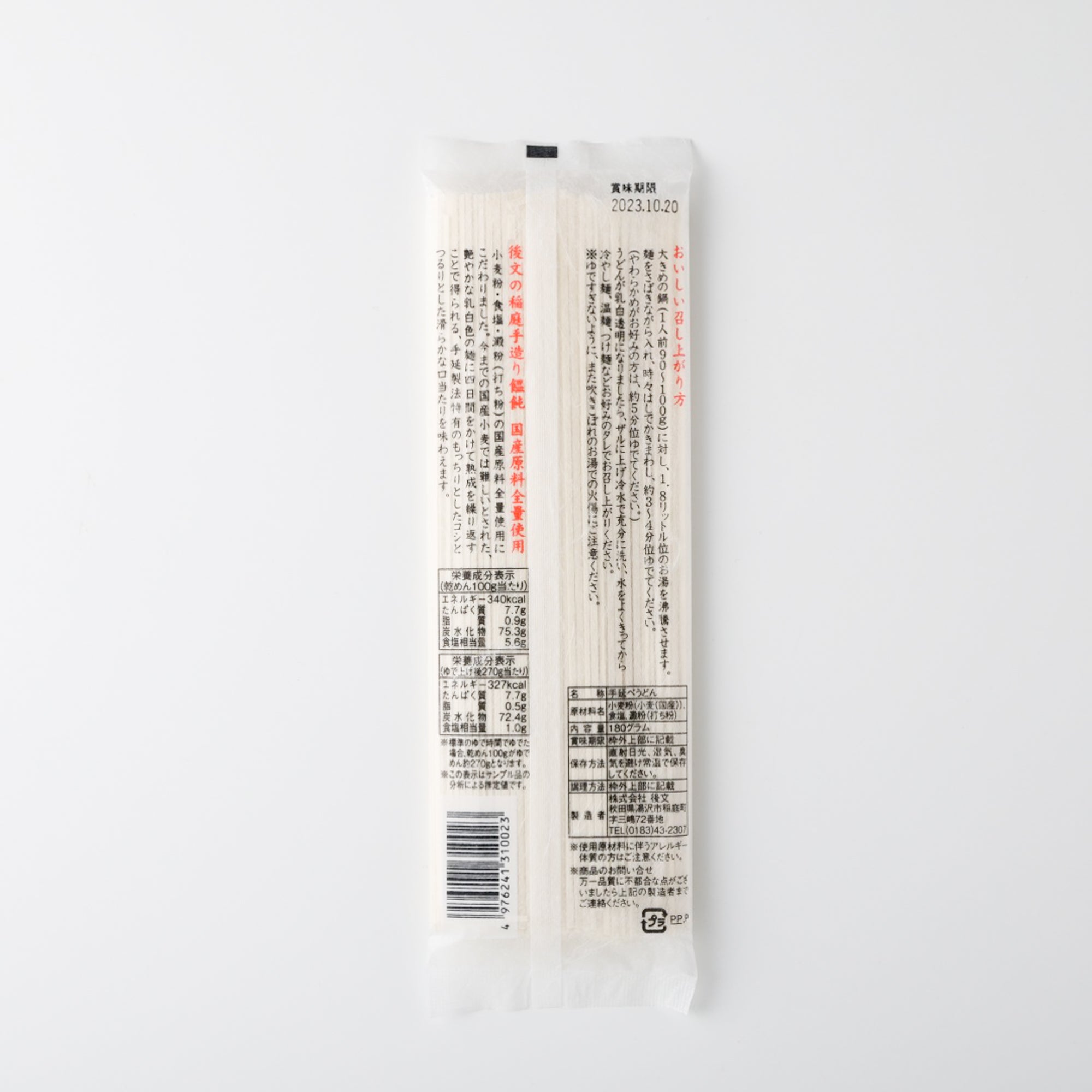
Hand-Kneaded Inaniwa Udon
Delicate hand-kneaded Inaniwa udon from Japan

Free shipping on US orders over $95
Ships within 1 business day from Brooklyn, NY
Thinner than regular udon, these Inaniwa-style noodles are dried in the sun and then the warehouse. The fine, thin parts of the noodles are then carefully selected and packed.
Ingredients
All natural ingredients.
All sourced from Japan.
Flour
Starch
Salt
Product Details
Net Weight
7.05oz
Origin
Sourced in Japan
Best Before
540 days from the date of manufacture (printed on the back of the package)
Storage
Store in a cool, dry place away from direct sunlight
When to Use
Best enjoyed in light broths, dipping sauces, or chilled dishes that highlight their delicate texture.
Find inspiration on our recipe page.
Our Standards
Founded in 1871 in the Tokyo Wholesale Market, Okume is one of the longest-established seafood specialists in Tsukiji. We are committed to traditional, additive-free practices and carefully chosen methods that honor seasonal fish at their peak. For generations, we’ve supplied Michelin-starred chefs and culinary professionals seeking depth, clarity, and true umami.

100% Natural Ingredients

Crafted in Japan

Additive-Free
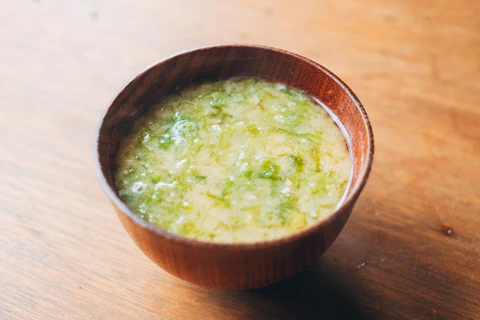
Noodle Preparation
Bring about 8 cups of water to a boil in a large pot for every 90–100g serving.
1
Add the noodles, gently separating them as they go in. Stir occasionally and boil for 3–4 minutes. For a softer texture, cook for about 5 minutes.
2
When the noodles turn slightly translucent, drain in a colander and rinse well under cold water. Serve chilled, warm, or with dipping sauce as you prefer.
3
Serve with your preferred dipping sauce or broth.
4

Recipe Inspirations
A few thoughtful ideas for everyday dishes

A Little Tokyo With Modern Sensibilities Starts to Emerge in Brooklyn

A Tokyo dashi shop from 1871 has opened in Brooklyn

The Key to Perfect Miso Soups is Homemade Dashi Broth
Frequently Asked Questions
What makes Inaniwa udon different from regular udon?
Inaniwa udon is thinner, hand-kneaded, and air-dried, giving it a silky smooth texture and refined bite. It originates from Akita Prefecture, Japan, where it has been produced for centuries.
How do I prepare Inaniwa udon?
Boil in plenty of water for 3–4 minutes, stirring occasionally. Drain and rinse in cold water to preserve texture.
Does it contain any additives or oil?
No. These noodles are made entirely with Japanese-grown wheat, with no oil or additives used in production.
How should I store the noodles?
Store in a cool, dry place away from direct sunlight.
A Few More Discoveries for Your Table
Shop By Collection
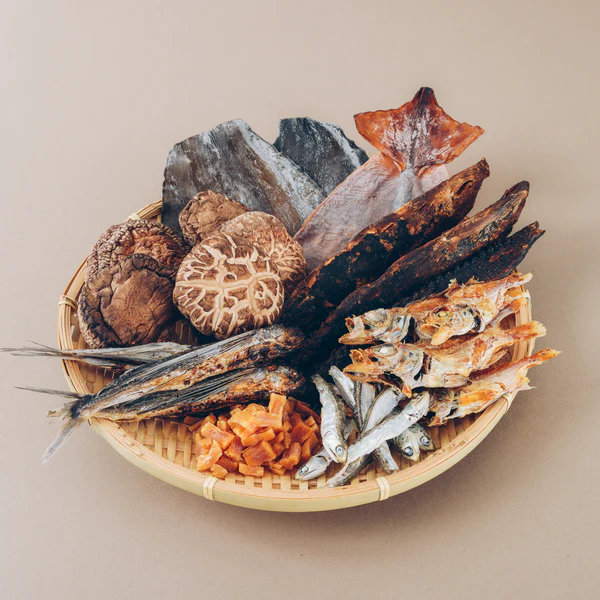
Dashi
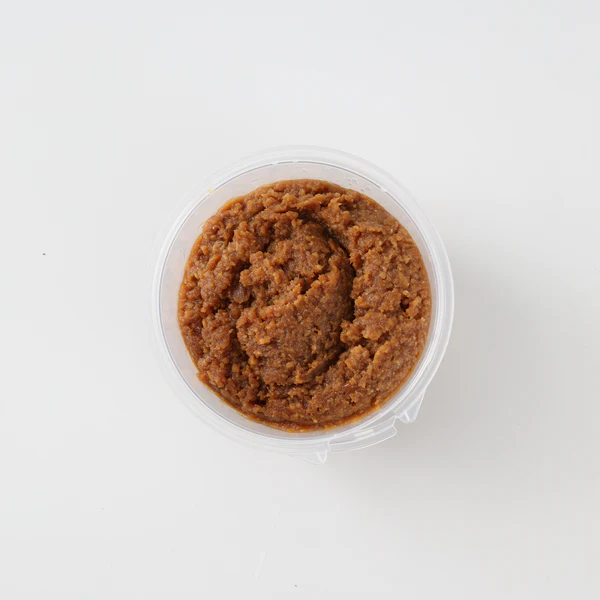
Miso
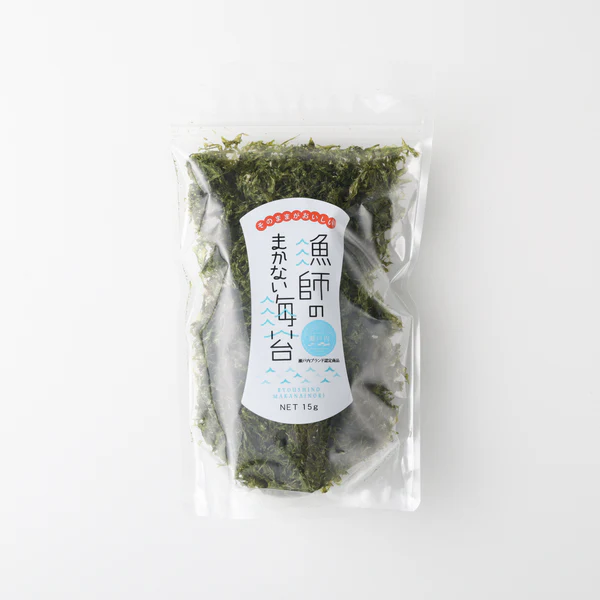
Toppings
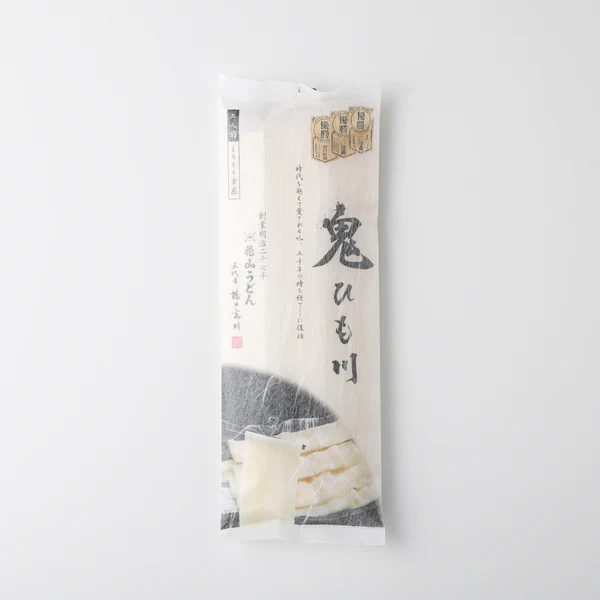
Noodles
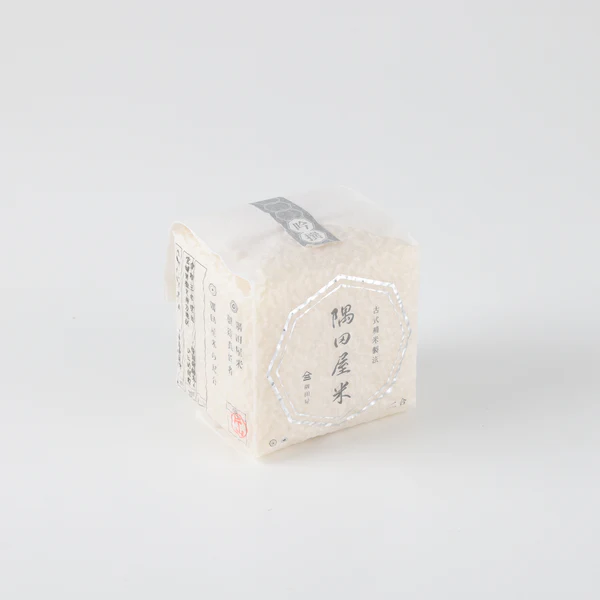
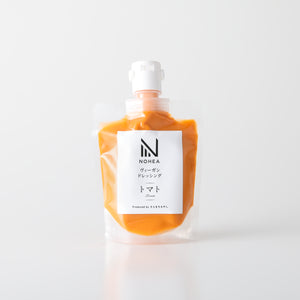 Dressing
Dressing
 Dashi Tools
Dashi Tools
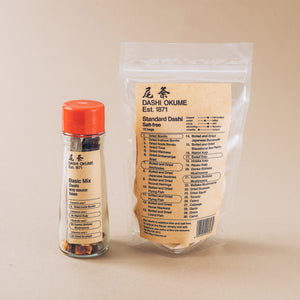 Gifts
Gifts
 Others
Others

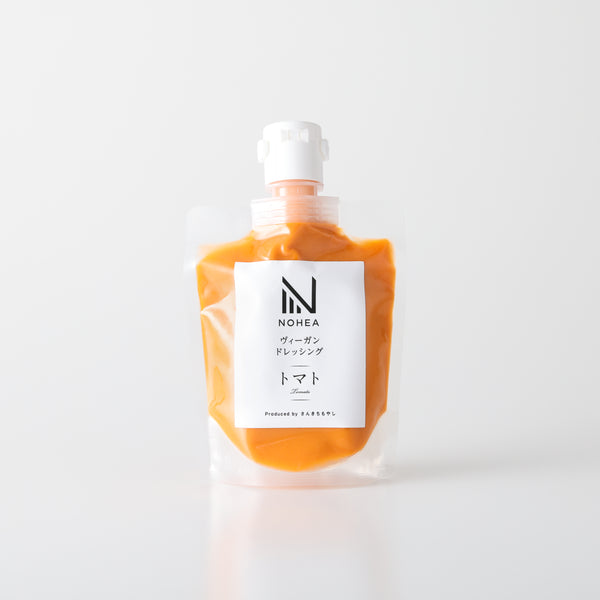 Dressing
Dressing
 Dashi Tools
Dashi Tools
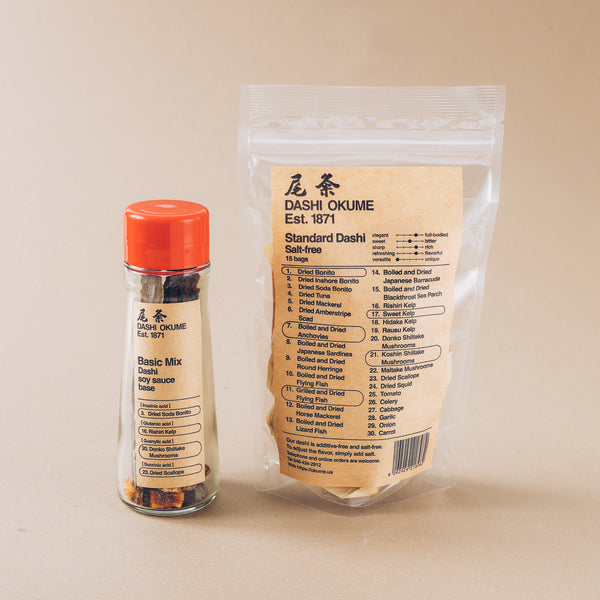 Gifts
Gifts
 Others
Others
